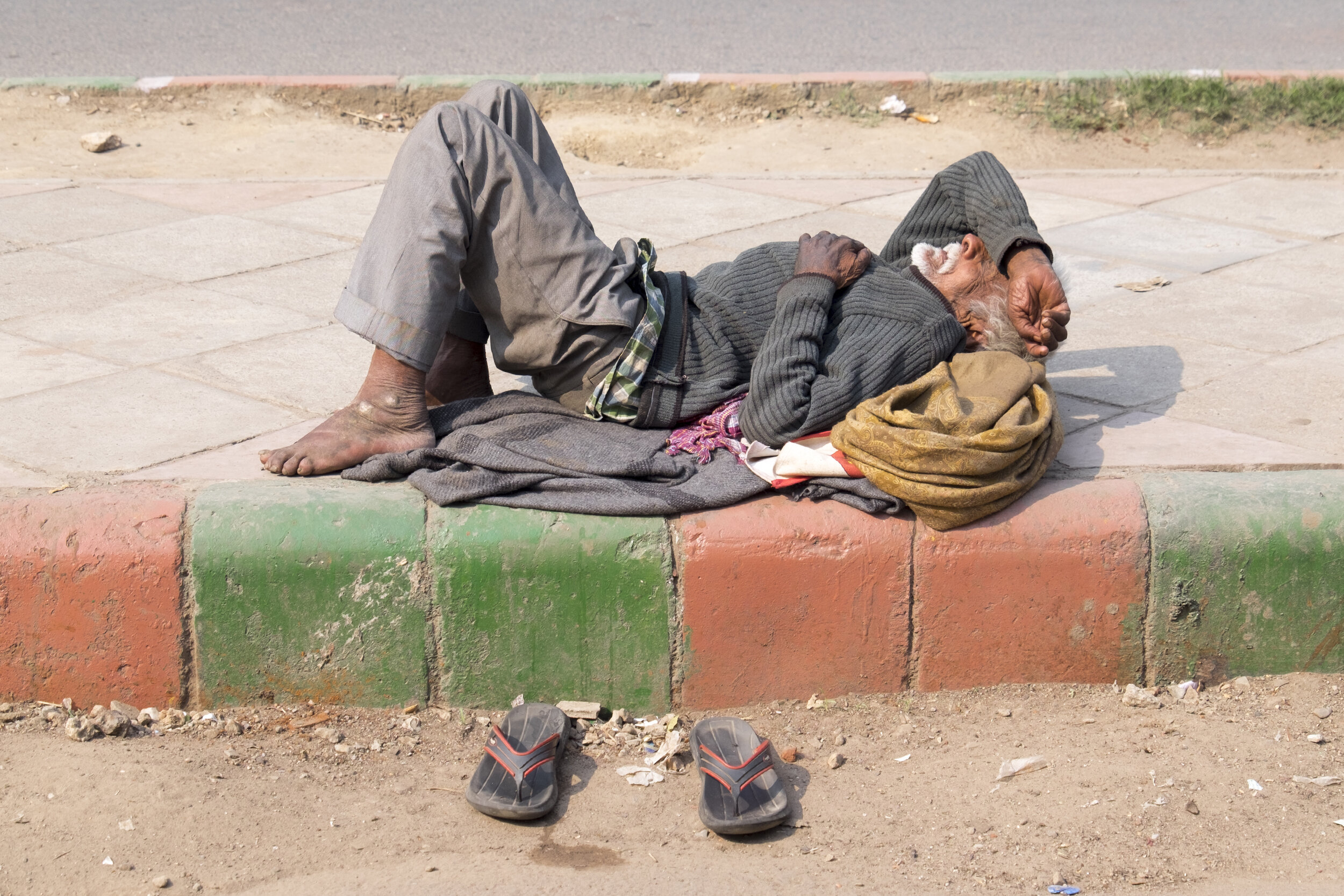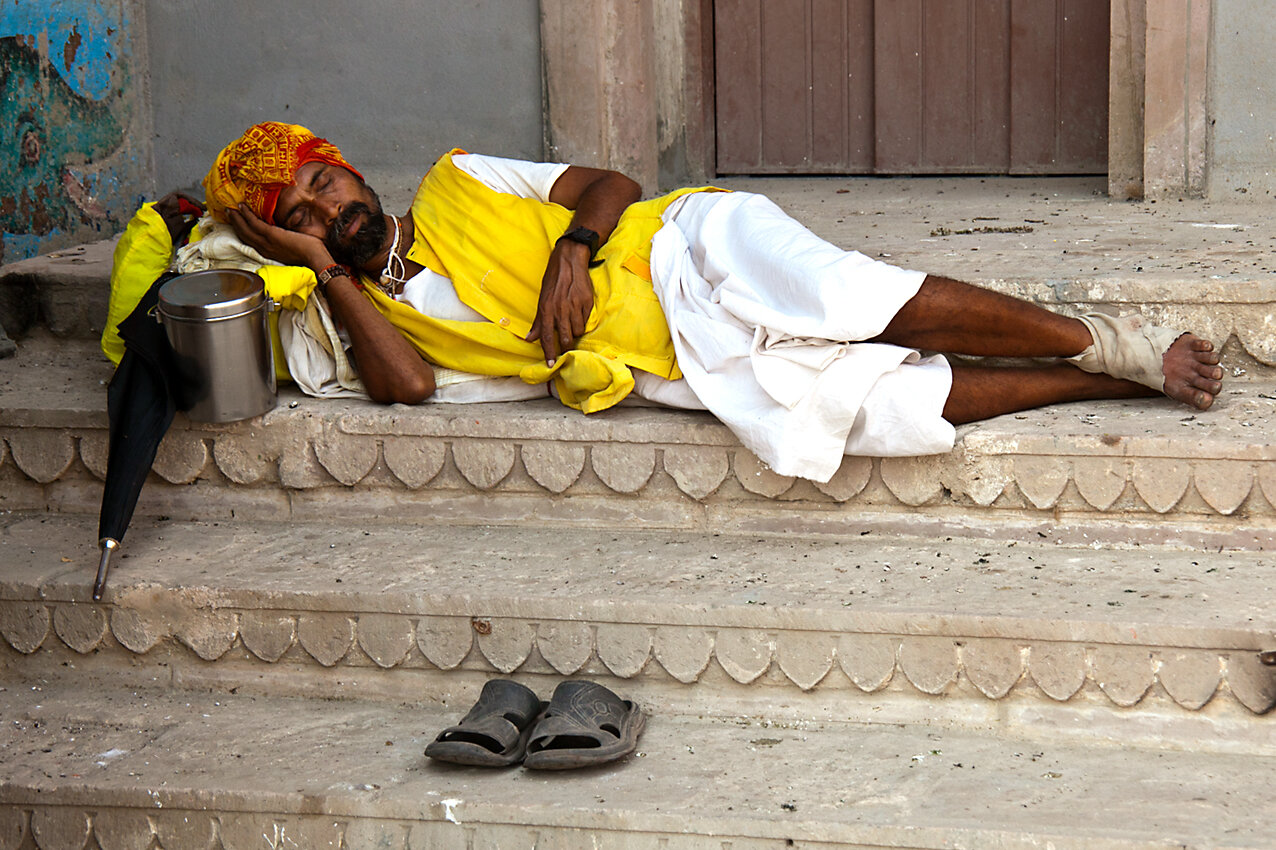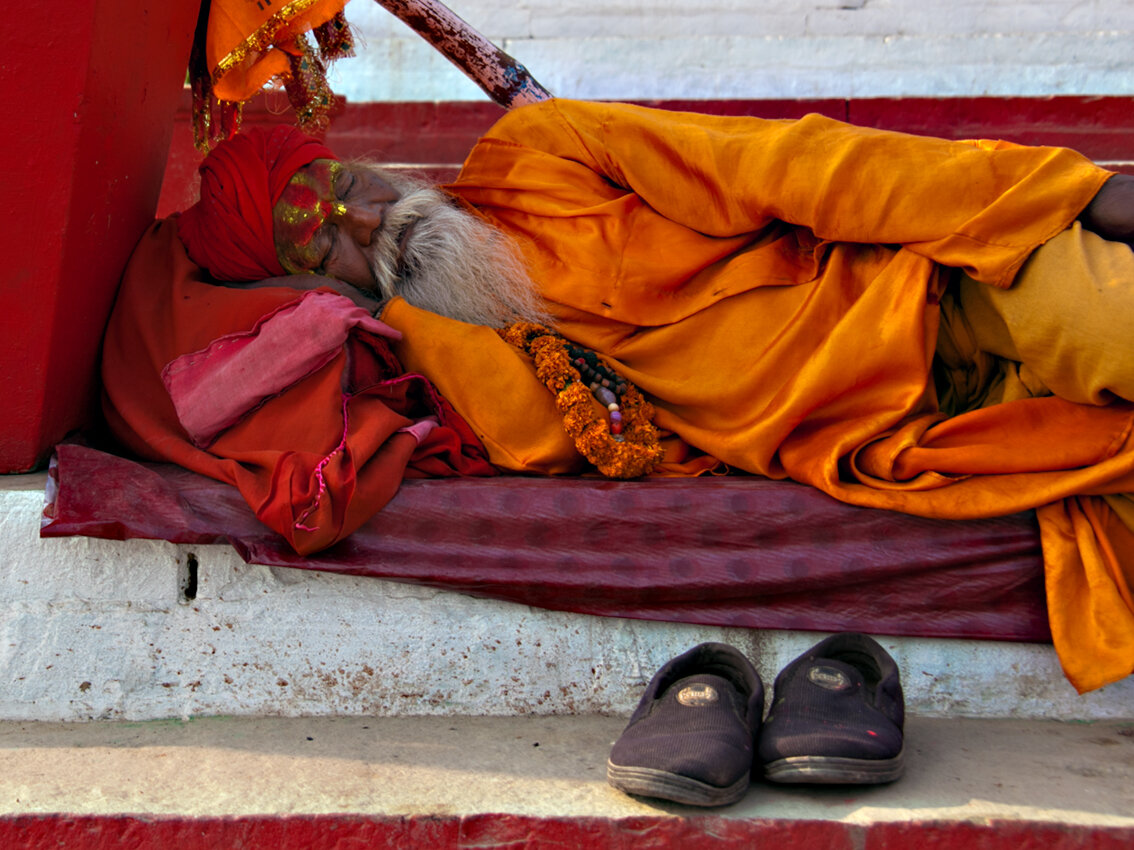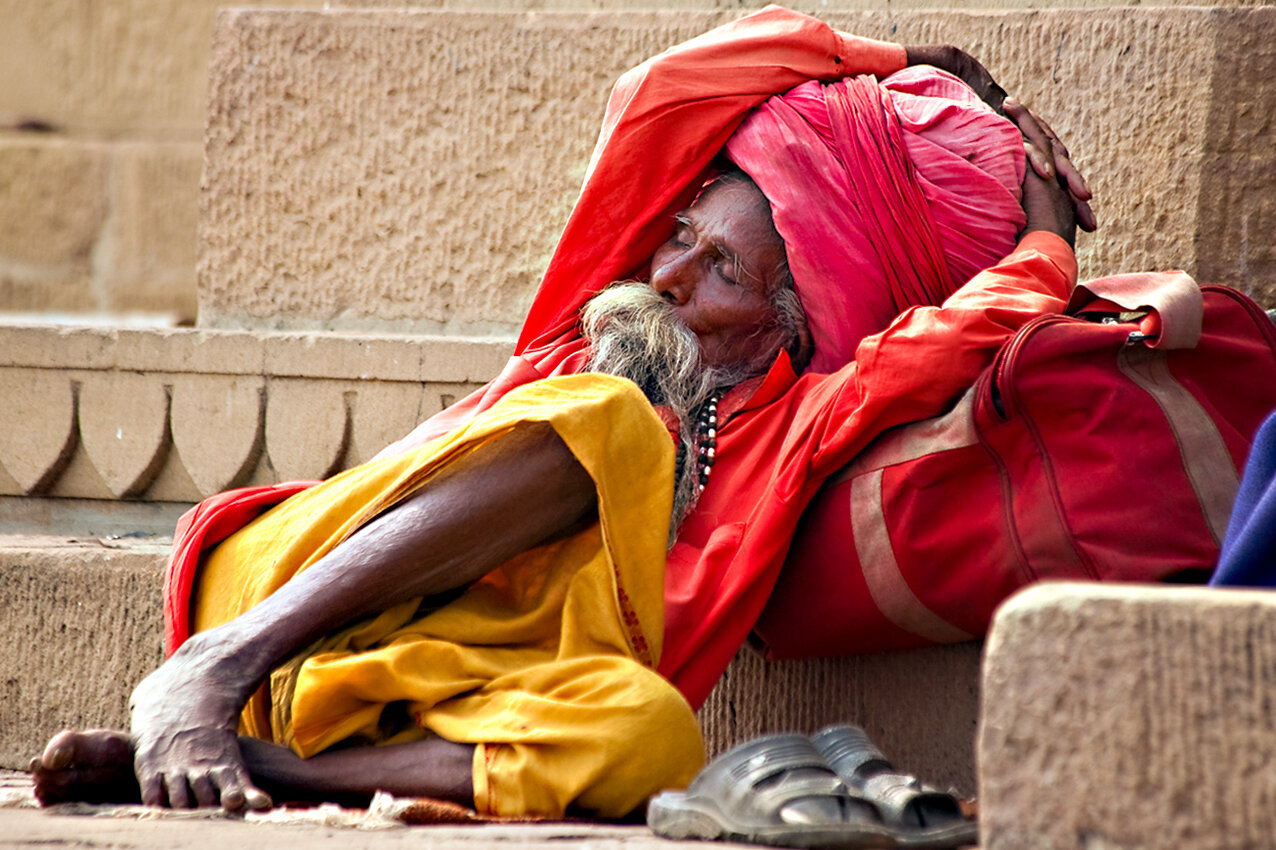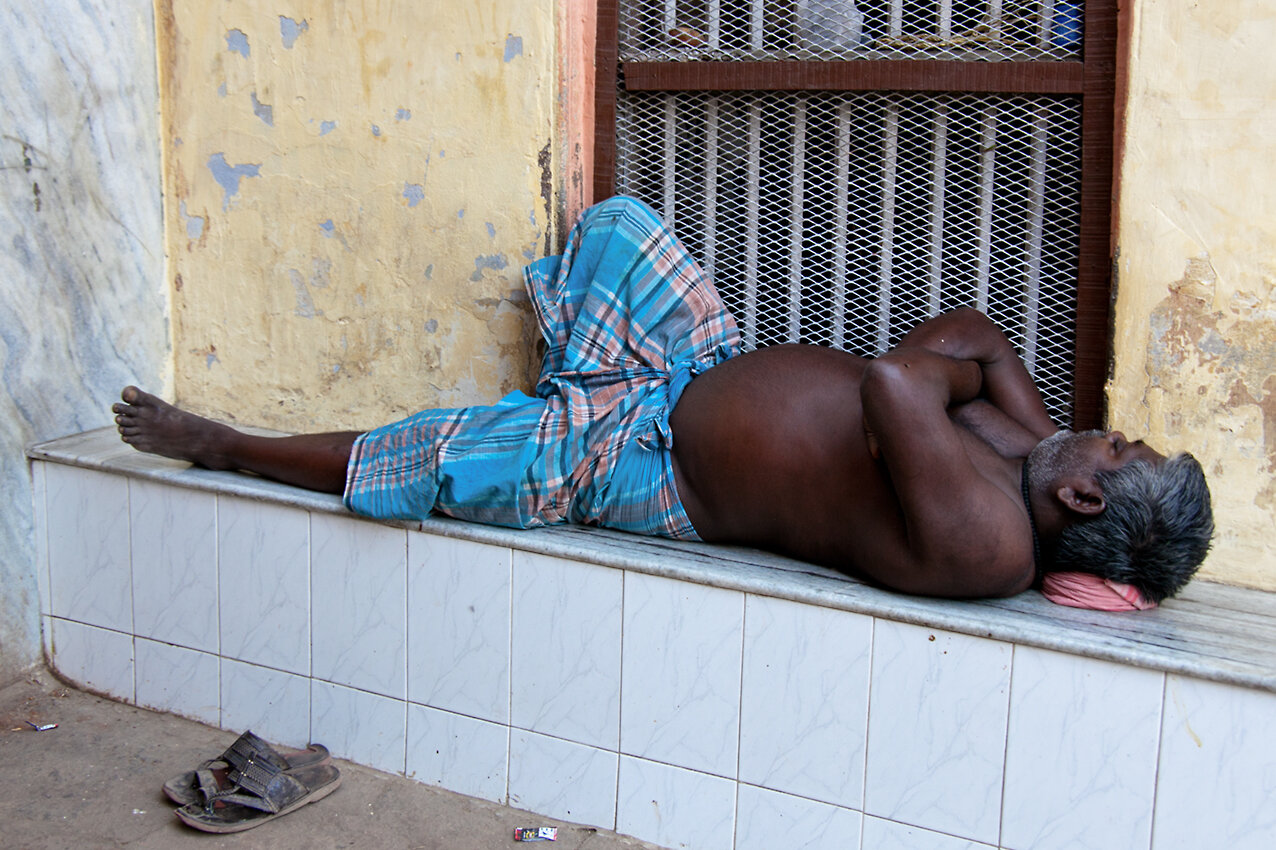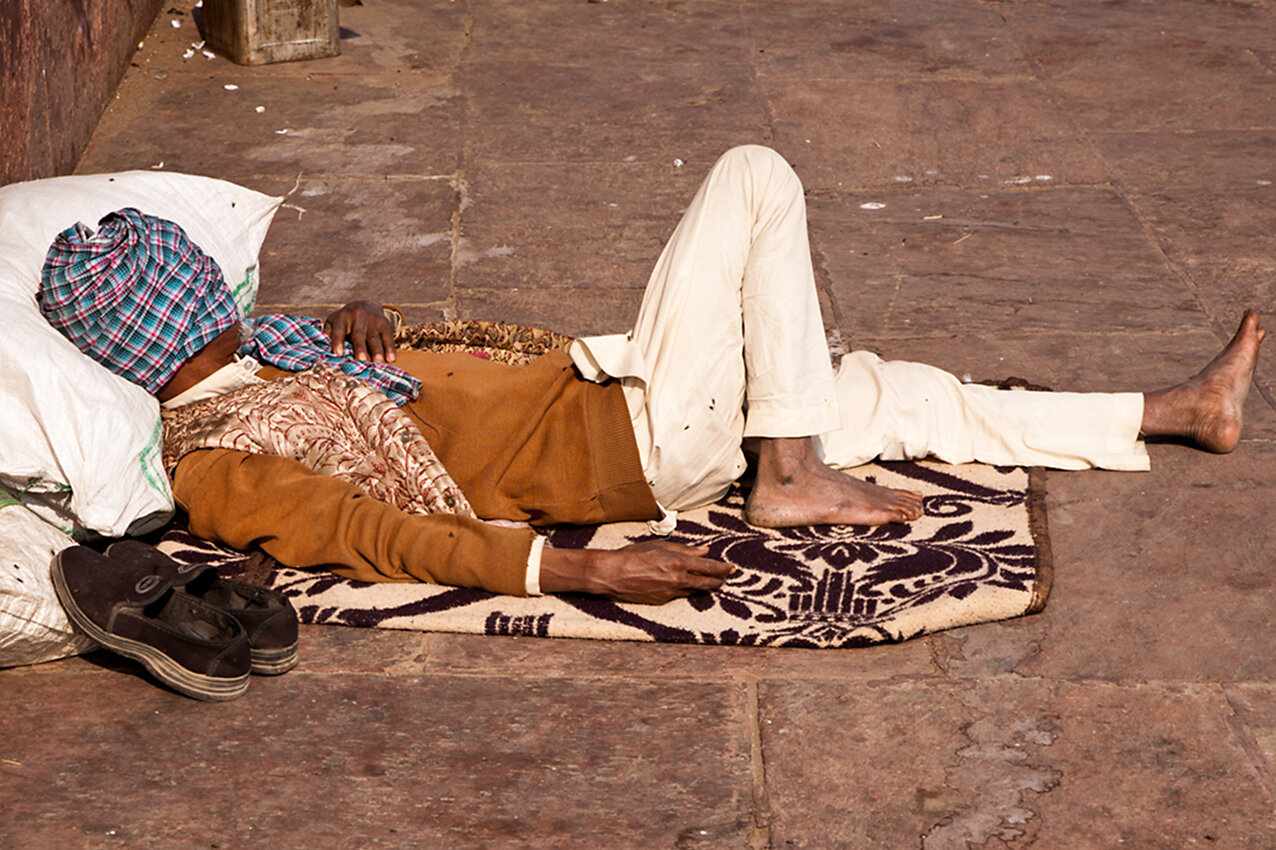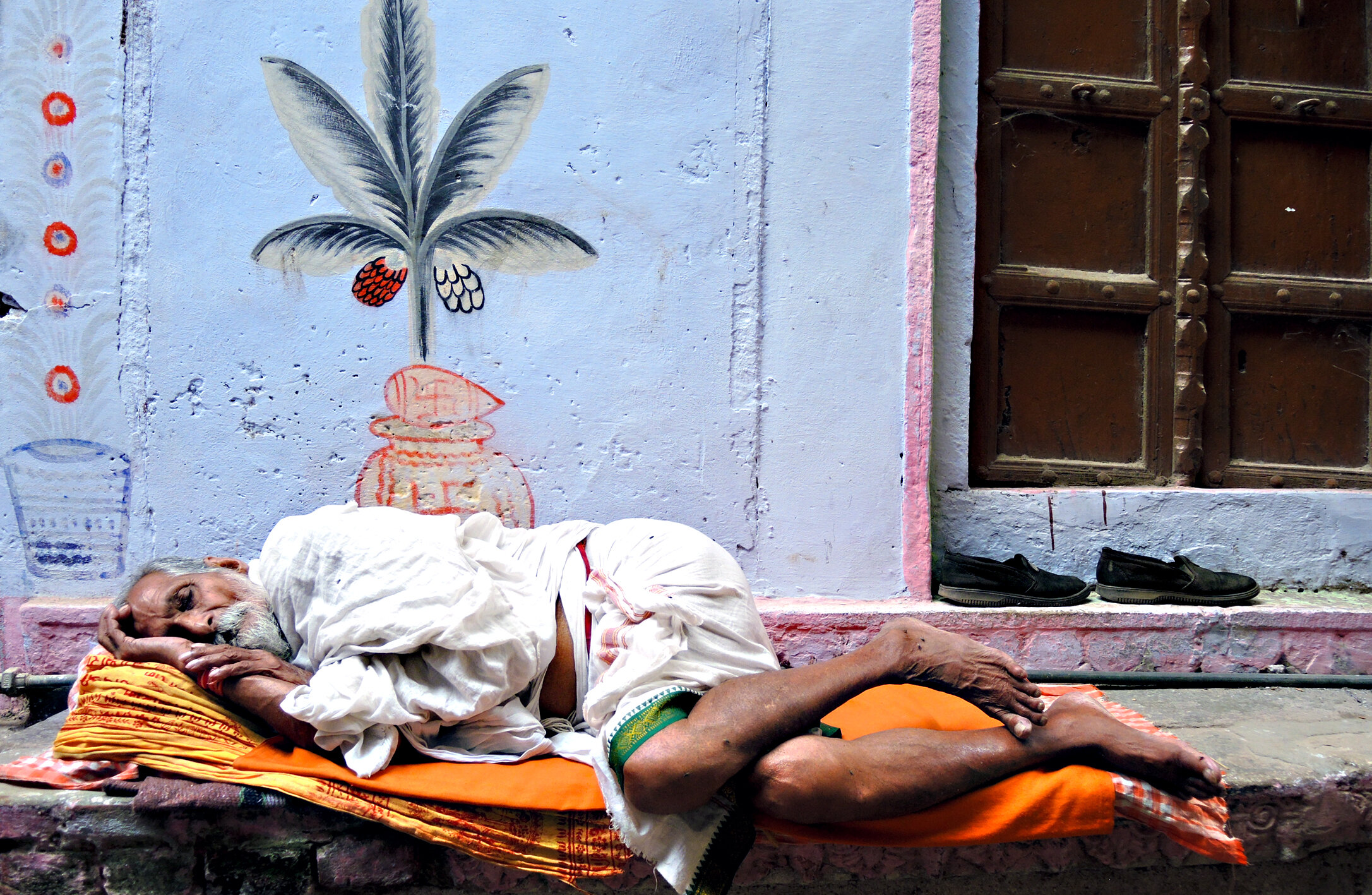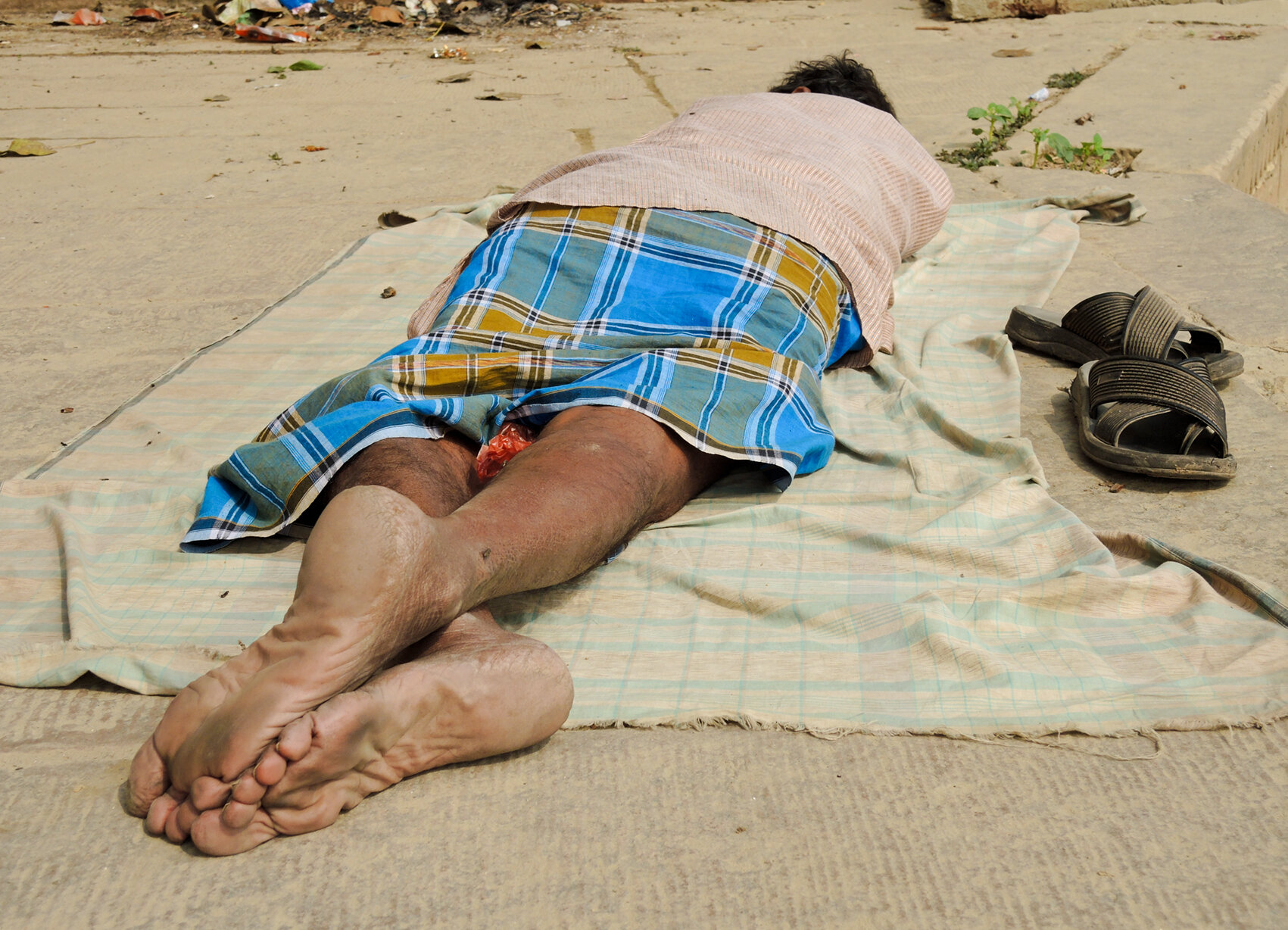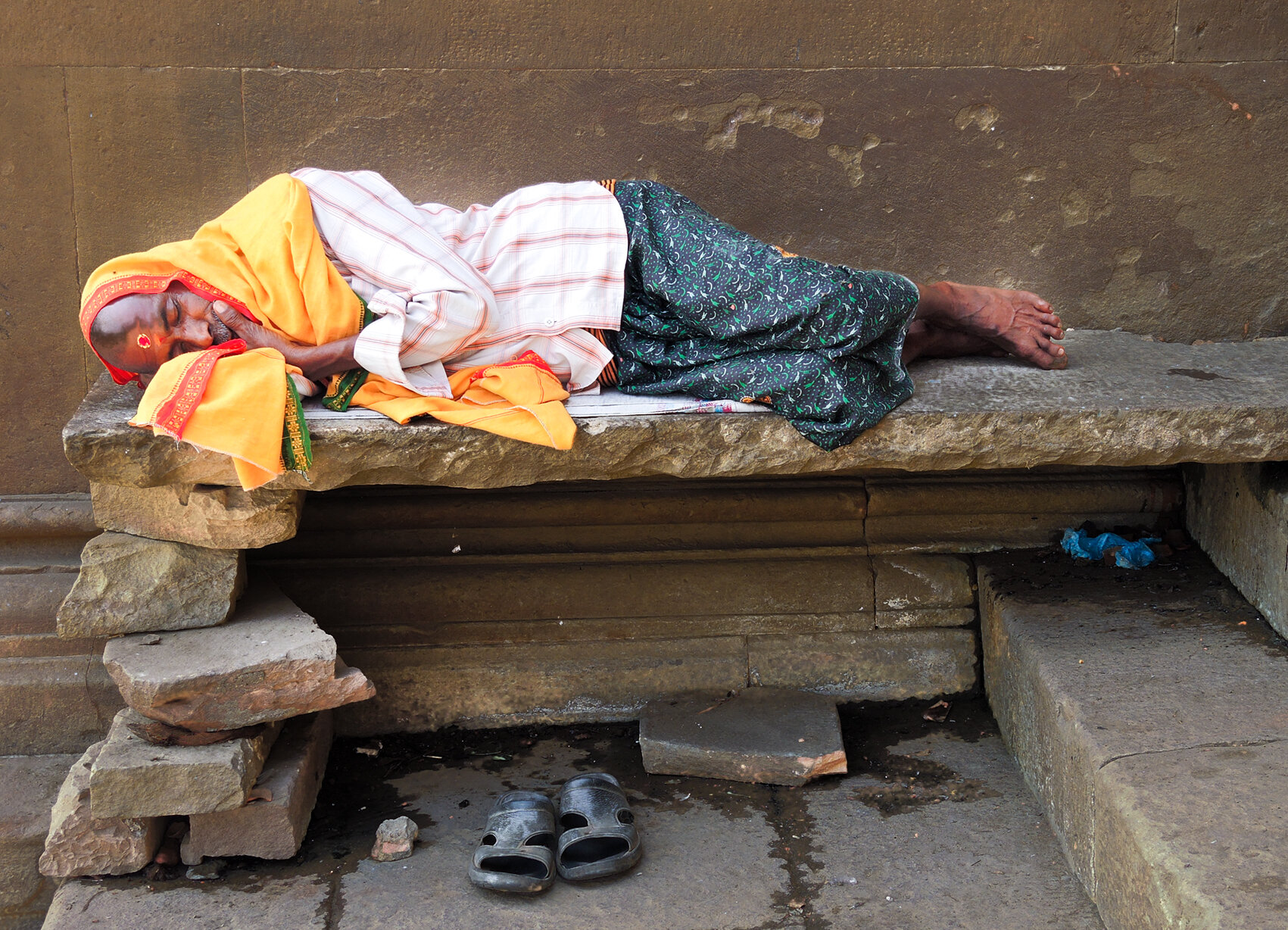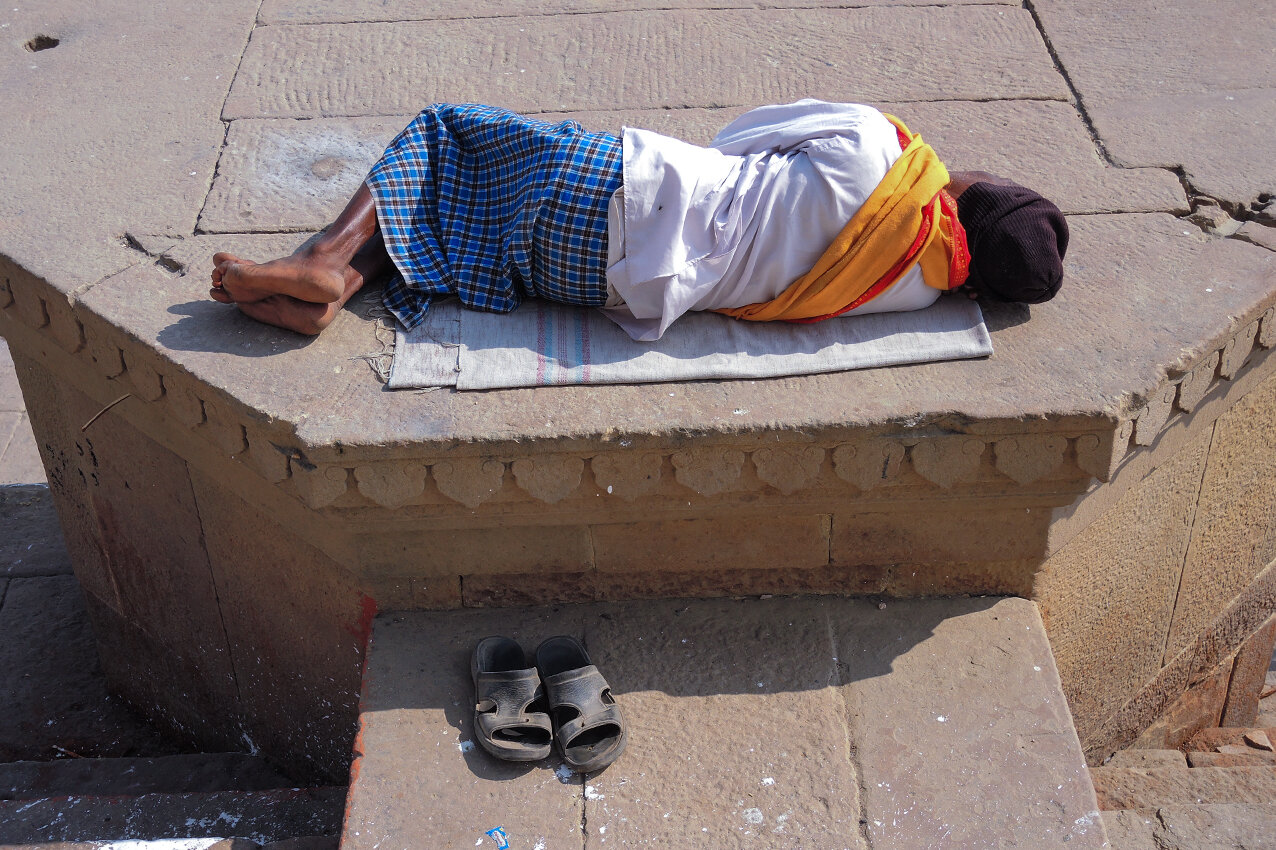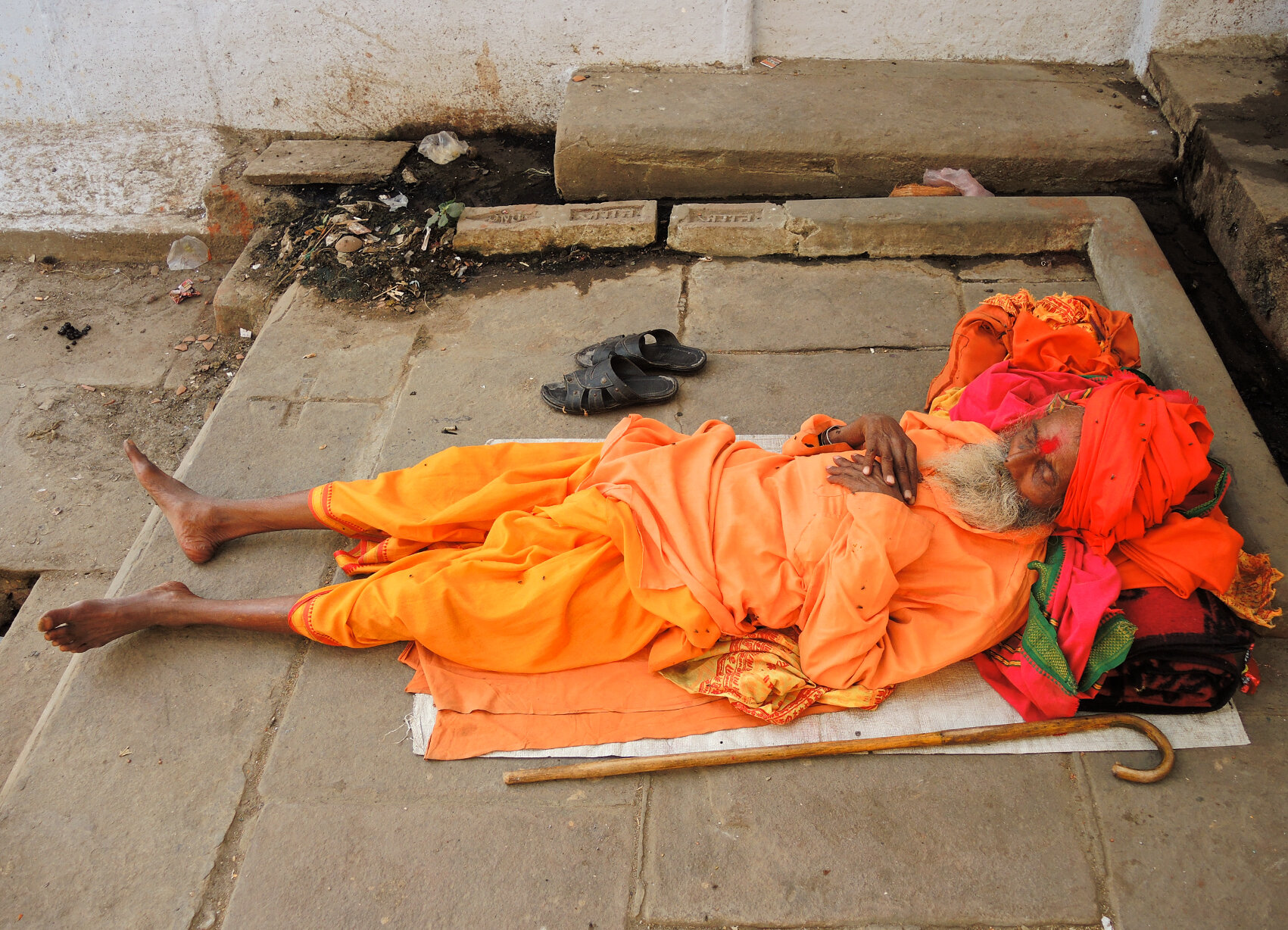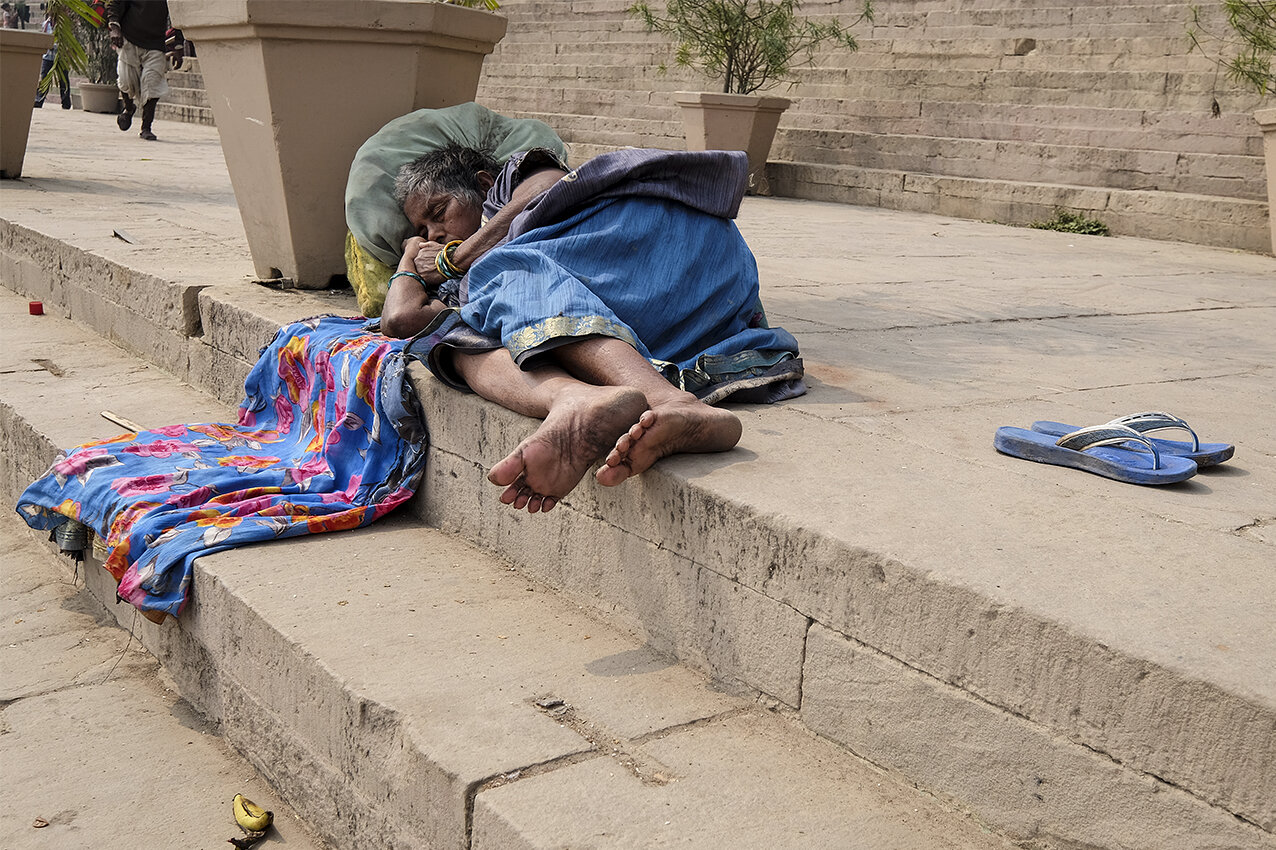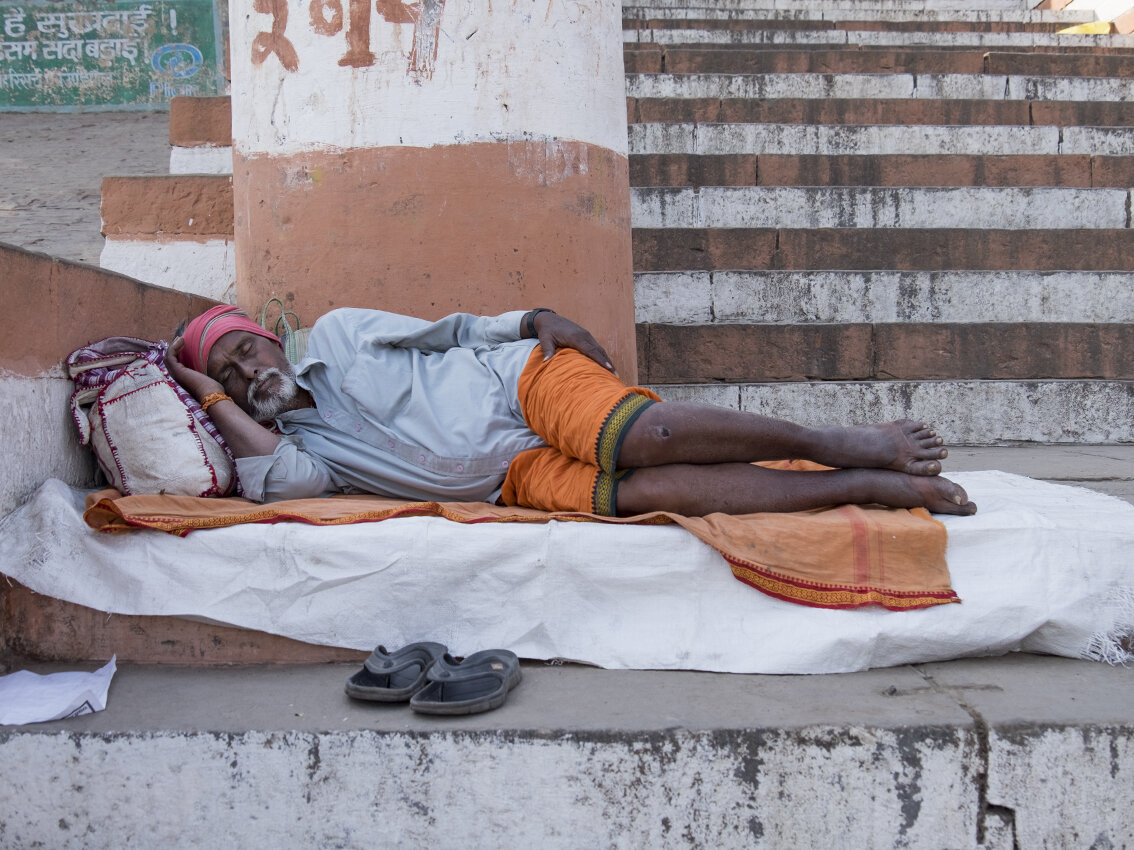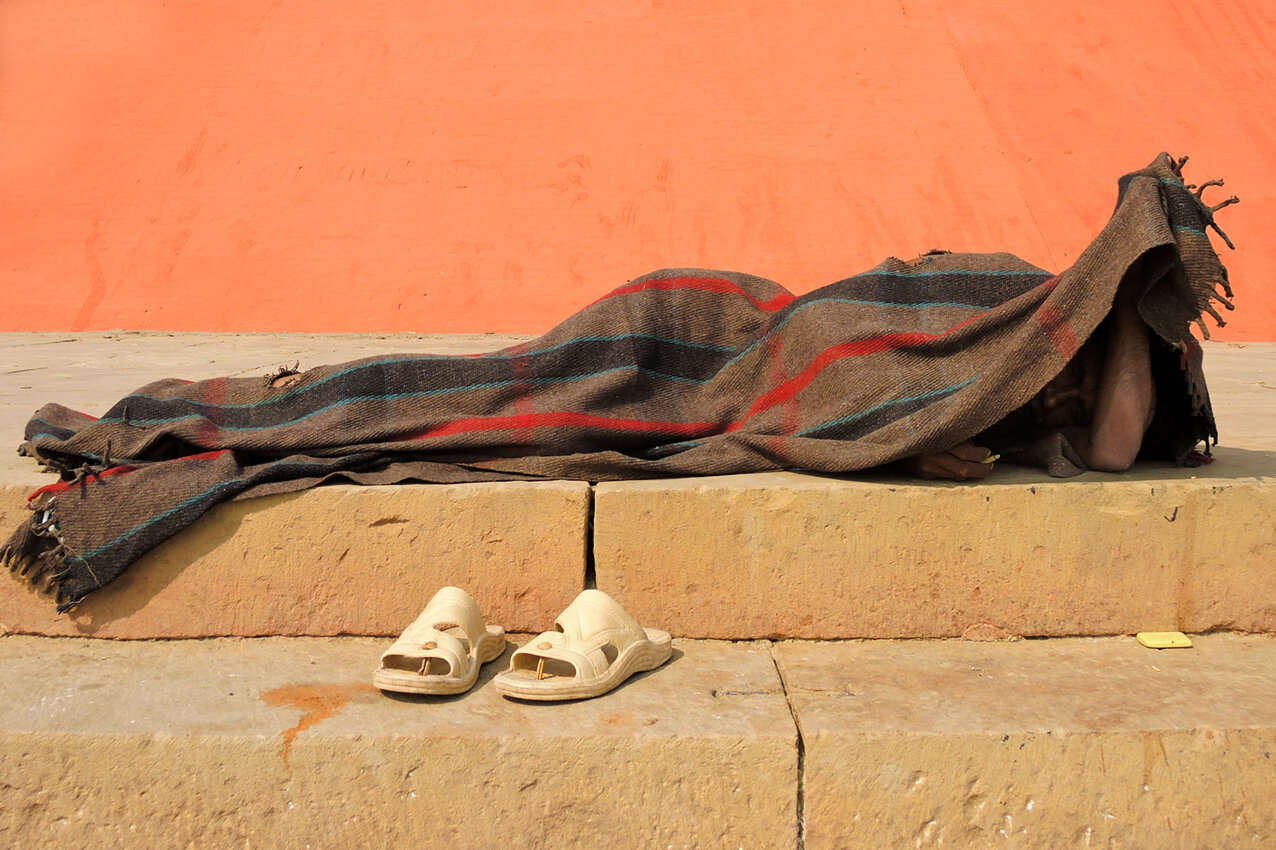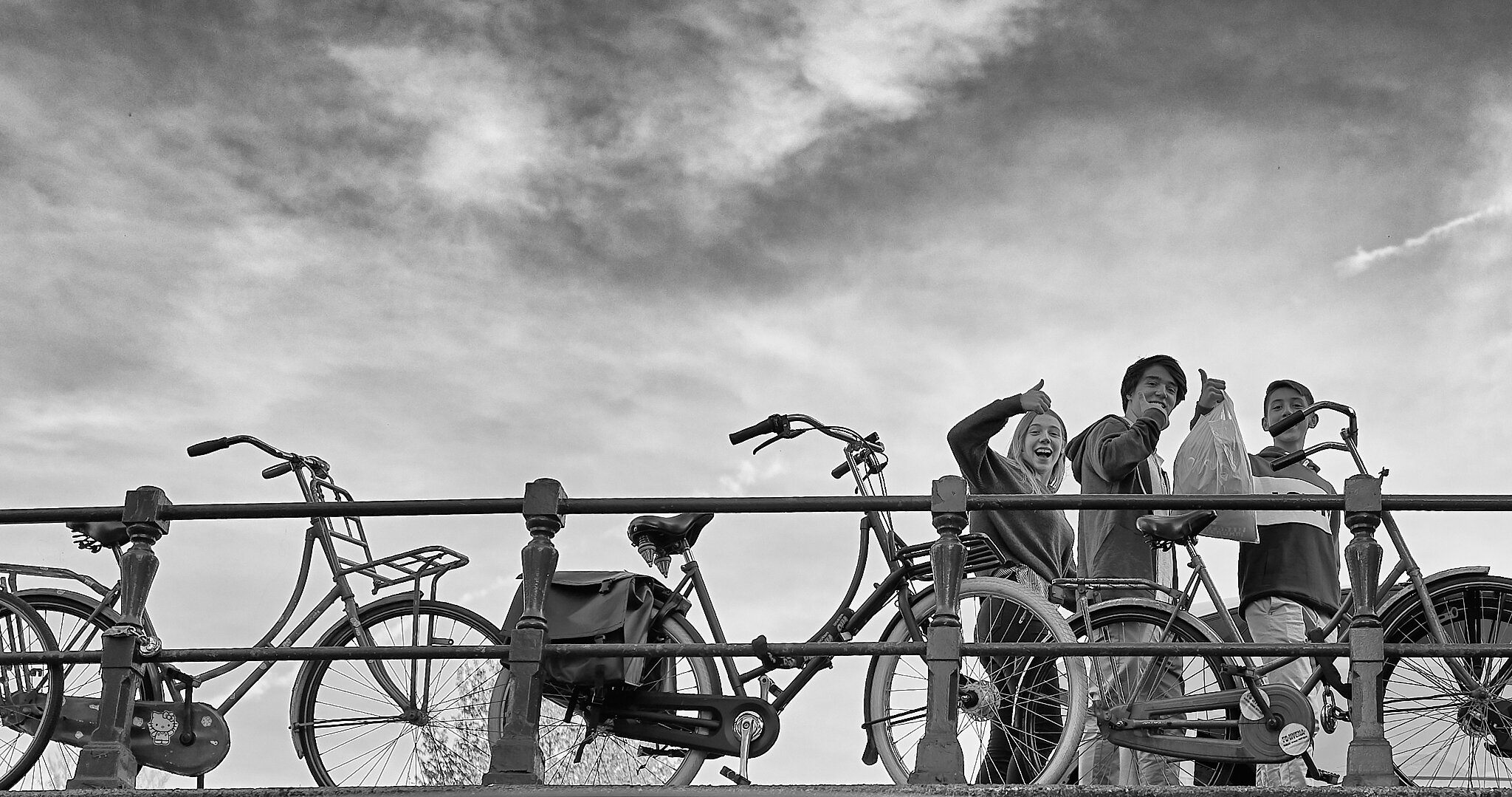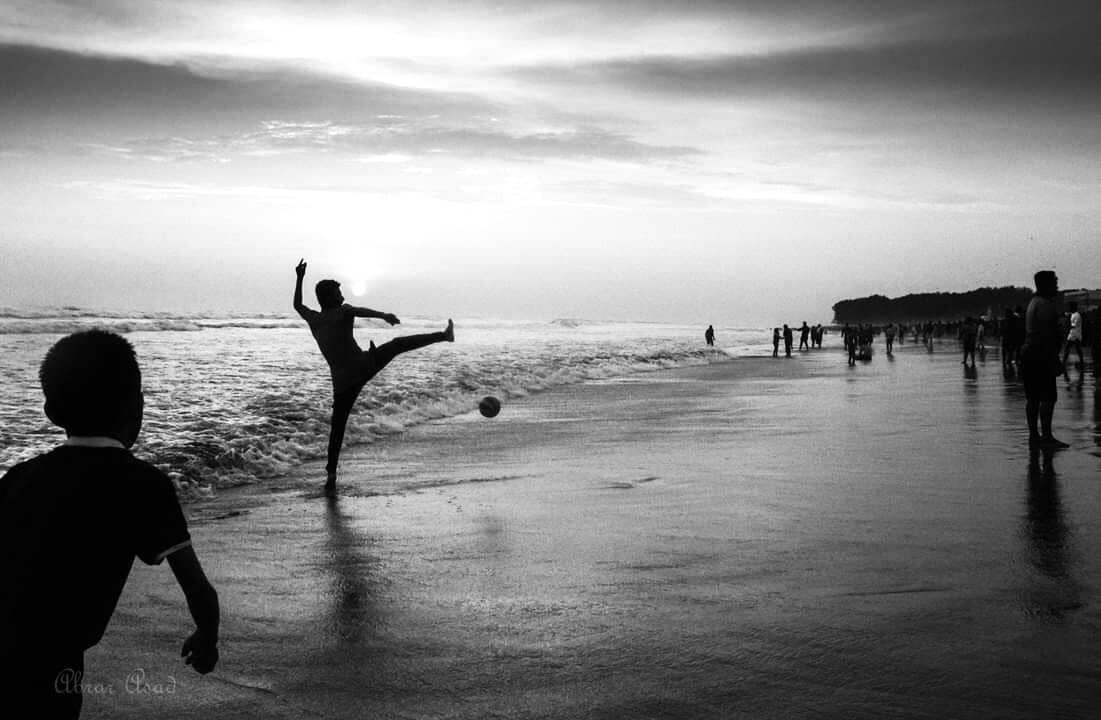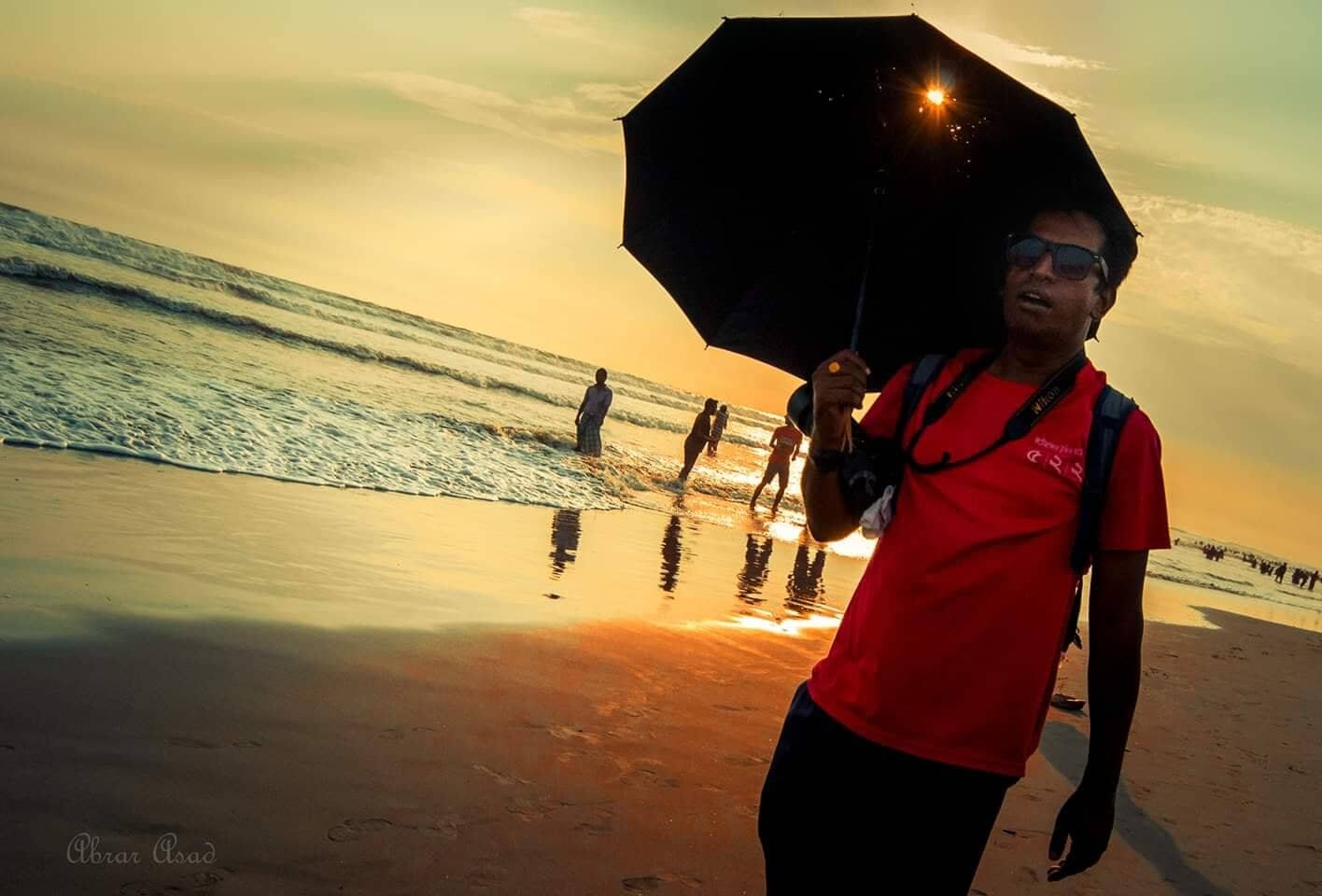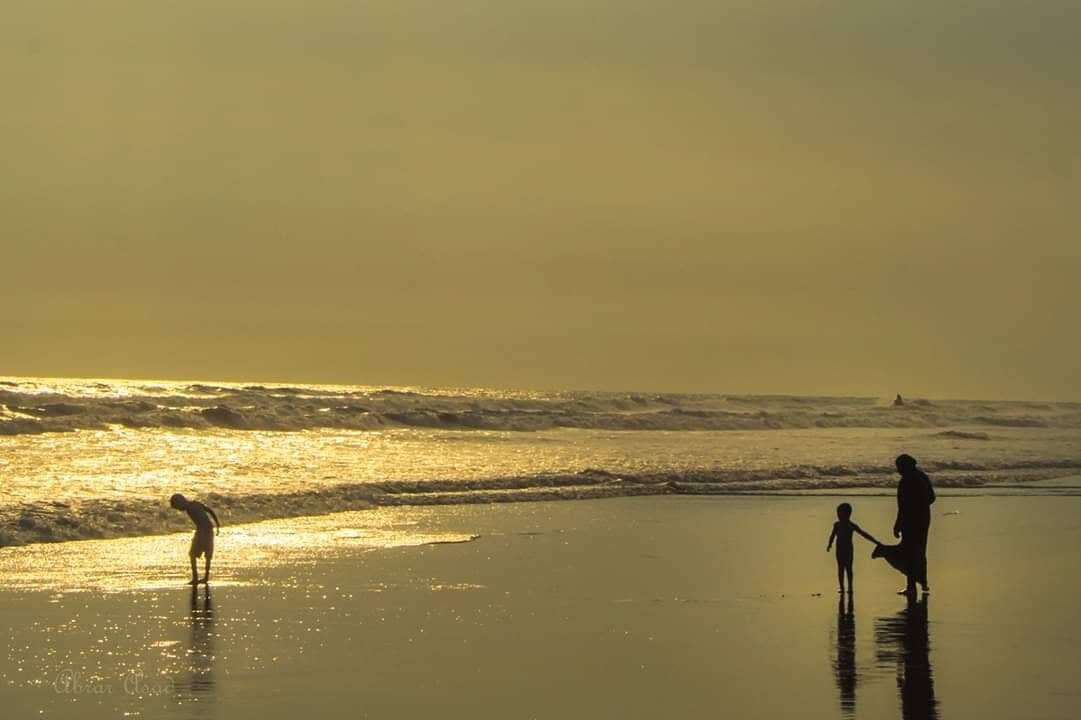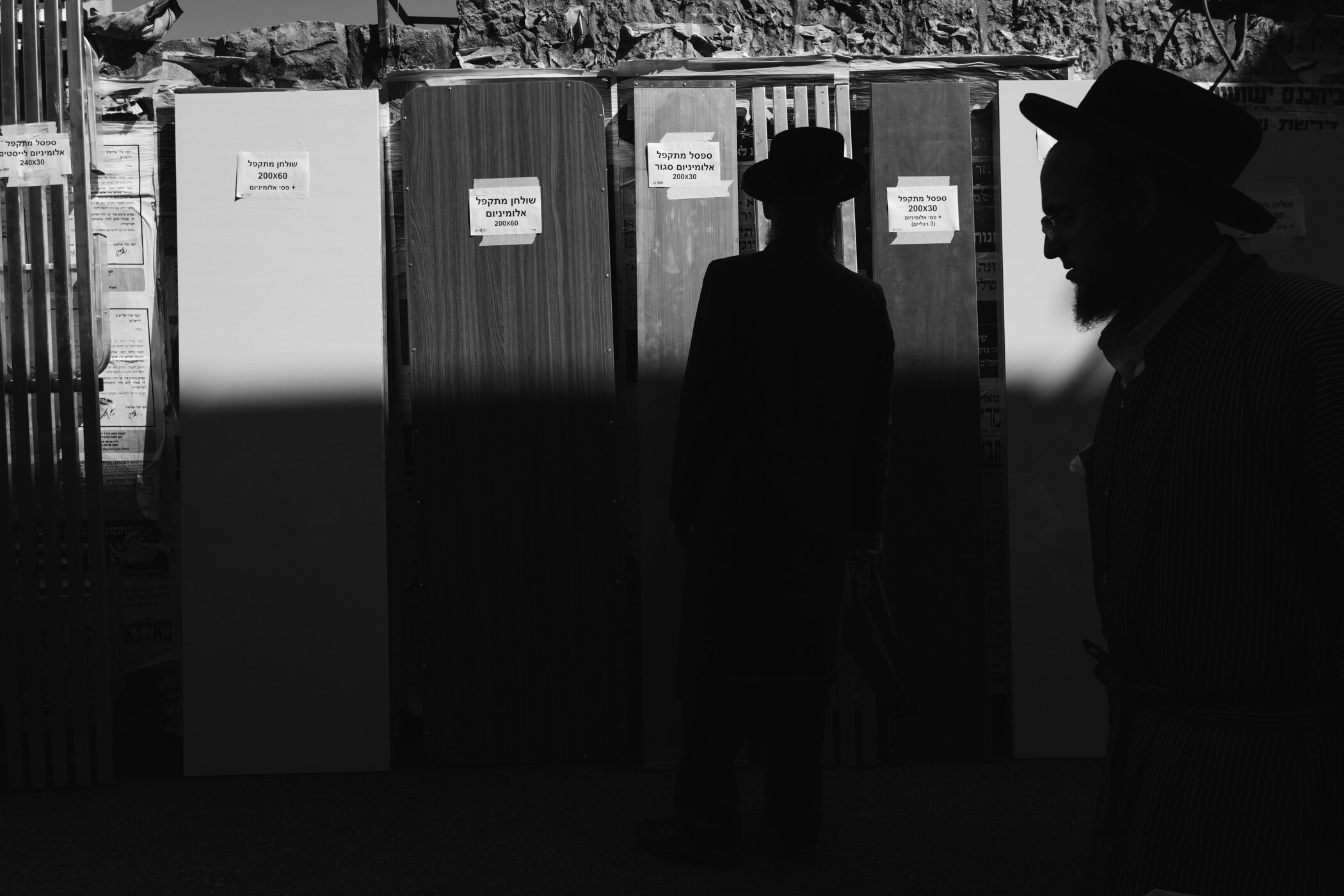A unique place to click people, portraits and amazing landscapes with migrant birds.
Big rivers have throughout history been important to the development of capital cities. This article is dedicated to the Yamuna River that has been an important, yet silent witness to Delhi’s history. The series starts from the Yamuna at NigambodhGhat where the story unfolds of ritualistic devotion and how the Hindus treat the historic river.
NigambodhGhat, on the banks of Yamuna River, has stepped piers, leading to the river’s waters; for bathing and rituals.
Every year, between the months of November and February, seagulls migrate from Russia to Delhi, seeking a climate that’s a tad warmer for habitation. These birds make the NigambodhGhat their temporary home during the winter months. Knowing this, many casual visitors, pro-photographers and bird lovers visit the ghat throughout the day; more so, in the wee hours of the morning.
Visitors also opt for a boat ride on the Yamuna to enjoy its vastness under the infinite sky. For anyone willing to earn some easy good karma, the unassuming birds are always hovering in the area, waiting to be fed grains.
There is a temple, named NiliChatri, made by Yudhishthira located adjacent to the NigambodhGhat. The ghat area also has some remains of the architecture dating back to the Medieval Era and the British colonial regime in India.
The Yamuna is a goddess in the eyes of her devotees, despite its current struggles with pollution. Topping it off with an unforgettable view of the Jama Masjid, back through the streets of Old Delhi, discovering the Yamuna route is truly a unique and memorable experience.
For the beginning of the legend, Nigambodhghat needs to see from across the river. These are the sacred waters within which Brahma recovered the book of knowledge and the powers of divinity, which he had lost. NigambodhGhat is thus a place of ending, it marks the finality of the mortal core; but it is also the source of a regeneration of immortal wisdom, of sacred knowledge. Death and immortality exist together.
The great epics and sacred texts tell us about the beauty and power of the river Yamuna. This is the daughter of the sun god; sister of Yama, the god of death; lover of Krishna; sister to that other great river goddess, Ganga.The Gods themselves, Brahma and Shiva, are said to worship her.
The Ras Lila paintings of Lord Krishna consorting with his gopis are magical, ethereal, depictions of the river surrounded by lush sacred groves. On her banks, the great Sufi saint NizamuddinAulia spread his divine message. This is a river revered through antiquity; a river by which a unique culture flourished.
Today, however, as the Yamuna winds her course through the 22 kilometer stretch of Delhi, she bears no resemblance to her legend. Decades of wanton disregard have turned her into nothing more than a stinking sewer that is biologically ‘dead’ as it flows out of Delhi.
Yet there is a little stretch, a place where the story of Indraprastha begins; the story of the Pandavas, the story of Delhi. This, despite the filth and degradation. From NigambodhGhat to the LalPul or the Old Iron Bridge, you can discover ways of life that are still entwined with the river and its sacred avatar.




















































